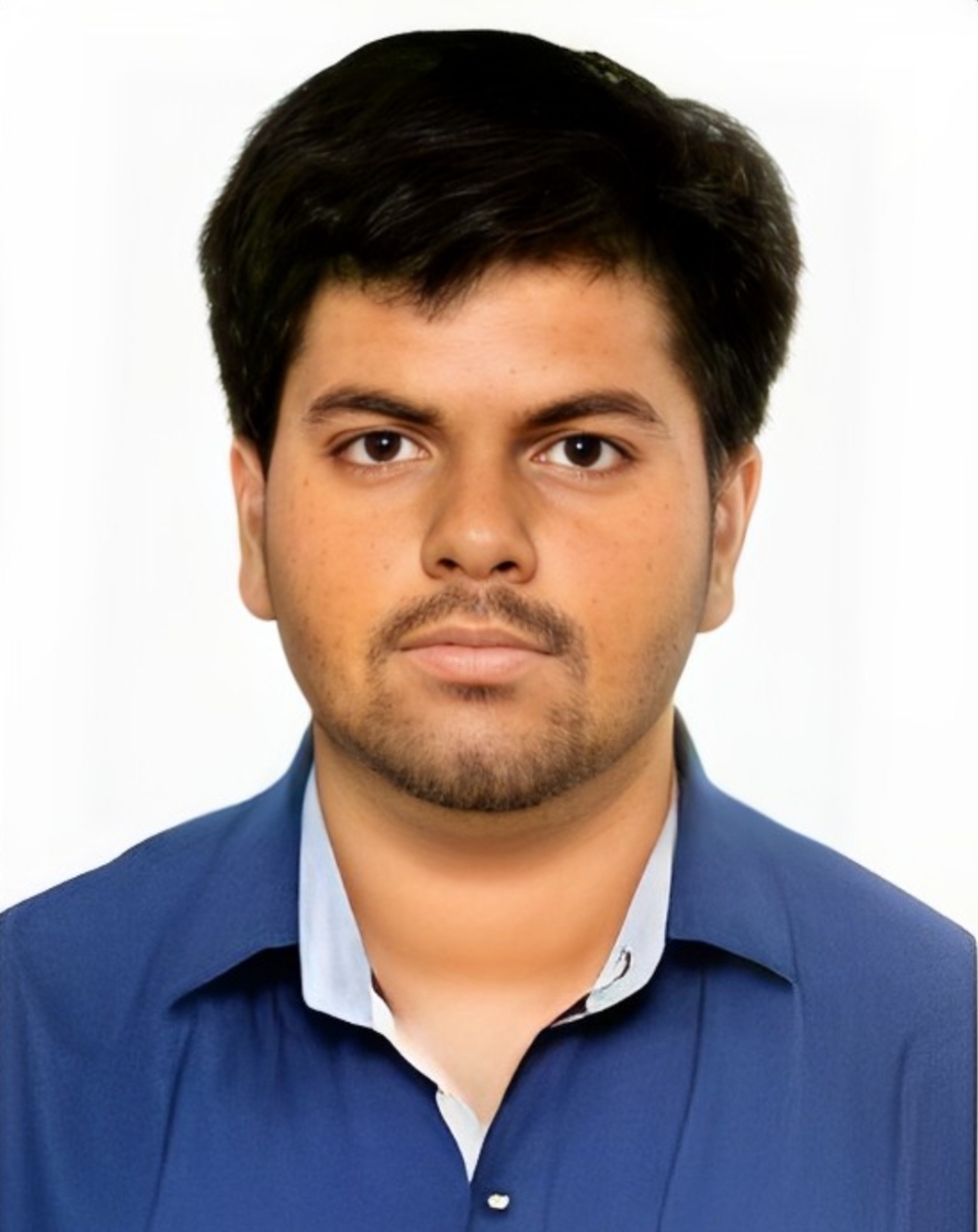The state of Gujarat is witnessing a major transformation in medical education. With the government pushing for the ambitious goal of having a medical college in every district, the dream of accessible healthcare and quality medical education is closer to reality than ever before. In a recent assembly session, State Health Minister Rushikesh Patel revealed significant developments, including a massive expansion of undergraduate and postgraduate medical seats.
This expansion signals a monumental shift in Gujarat’s healthcare landscape. For students aspiring to become doctors, for hospitals seeking well-trained professionals, and for patients who need expert medical care, this development brings hope. But what does this mean for Gujarat, and how does it compare to the rest of India’s medical education efforts? Let’s break it down.
Gujarat is all set to add 450 undergraduate (MBBS) seats and 1,011 postgraduate (MD/MS) seats across its medical colleges. This is the largest-ever single-phase increase in the state’s history. The government has already provided essentiality certificates to institutions applying for these new seats with the National Medical Commission (NMC).
This comes as part of the state’s efforts to fullfil Prime Minister Narendra Modi’s vision of establishing a medical college in every district of India. With Gujarat inching closer to this target, aspiring medical students will now have greater opportunities to secure admissions without having to leave the state or pay exorbitant fees at private institutions.
Currently, Gujarat boasts 41 medical colleges, which include:
• 6 government-run institutions
• 13 colleges managed by the Gujarat Medical Education and Research Society (GMERS)
• 3 corporation-run colleges
• 1 AIIMS (All India Institute of Medical Sciences)
• 18 self-financed medical colleges
This expansion is expected to drastically improve the doctor-patient ratio in the state, ensuring that more doctors graduate each year to meet the growing healthcare demands.
One of the most significant developments is the dramatic increase in postgraduate medical seats. The state currently has:
• 2,044 MD (Doctor of Medicine) seats
• 932 MS (Master of Surgery) seats
• 124 DM/MCh (Super-Specialty) seats
• 39 PG Diploma seats
Over the last two years, Gujarat has seen an addition of 446 MD seats and 211 MS seats, signaling rapid progress. The upcoming 1,011 new PG seats will allow medical students to specialize in critical fields such as cardiology, oncology, nephrology, neurology, and other advanced medical disciplines.
This increase is crucial in addressing the shortage of specialized doctors, particularly in government hospitals and rural healthcare centers. More postgraduate seats mean more highly trained professionals entering the workforce, leading to improved healthcare outcomes across the state.
How Does Gujarat Compare to Other States?
While Gujarat’s rapid expansion is commendable, it is part of a larger national effort to strengthen medical education in India. States like Maharashtra, Tamil Nadu, Karnataka, and Uttar Pradesh have been at the forefront of medical education, with a higher number of government and private medical colleges.
However, Gujarat’s focus on district-level medical colleges gives it a unique advantage. Establishing medical colleges in remote and semi-urban areas ensures that students from rural backgrounds get an opportunity to pursue medicine without facing the challenges of relocation or financial burden.
Additionally, Gujarat’s balanced mix of government and private medical colleges provides flexibility for students while ensuring that medical education does not become excessively commercialized.
While the expansion of medical seats is a positive step, there are significant challenges that need to be addressed:
1. Faculty Shortages: Increasing the number of medical seats is just one part of the solution. The bigger challenge is ensuring there are enough qualified professors, senior doctors, and medical instructors to train the growing number of students. Many government and private medical colleges already struggle to recruit experienced faculty, which could impact the quality of education.
2. Infrastructure Development: Medical education is not just about classrooms and textbooks; it requires well-equipped hospitals, laboratories, research facilities, and patient flow for clinical training. Many newly established colleges lack the necessary hospital infrastructure, raising concerns about whether students will get adequate hands-on experience.
3. Rural Healthcare Integration: The government’s push for a medical college in every district must go hand in hand with a robust rural healthcare system. If more students graduate with medical degrees but prefer to work in cities, rural areas will still face a shortage of doctors. Incentives such as higher salaries, loan waivers, and compulsory rural postings must be introduced to ensure medical professionals serve in underserved regions.
4. Affordable Education for All: While government colleges offer affordable medical education, private medical institutions charge extremely high tuition fees, making it difficult for students from middle-class and lower-income backgrounds to afford an MBBS or MD degree. Policies must ensure that fees remain regulated and scholarships are available for deserving students.
Despite these challenges, Gujarat’s medical education expansion is a bold and necessary move. By increasing the number of medical seats and ensuring that every district has a medical college, the state is investing in its future. More doctors mean better healthcare access, improved medical research, and stronger hospitals.
The long-term impact of this expansion will be seen in:
• Better availability of doctors in government hospitals
• Reduced dependency on private healthcare
• Increased medical research and innovation
• More students opting for medical education within the state
If Gujarat successfully implements this ambitious expansion plan, it could become a model state for medical education in India. Other states could learn from Gujarat’s balanced approach to government and private medical education, its emphasis on district-level colleges, and its focus on postgraduate and super-specialty training.
However, execution is key. Fast-tracking infrastructure development, recruiting skilled faculty, regulating fees, and ensuring quality education will determine whether this expansion truly benefits students and the healthcare system.
Gujarat is standing at a crucial juncture in its medical education journey. With thousands of new medical seats being introduced, the state is well on its way to bridging the gap between healthcare demand and supply.
But the bigger question remains: Will Gujarat be able to sustain this growth and create a world-class medical education system? Only time will tell. But for now, the future looks promising.
If the government can match quantity with quality, Gujarat might soon emerge as one of India’s top medical education hubs, setting a benchmark for the rest of the country.

 If the government can match quantity with quality, Gujarat might soon emerge as one of India’s top medical education hubs.
If the government can match quantity with quality, Gujarat might soon emerge as one of India’s top medical education hubs.










.jpeg)


.jpeg)
.jpeg)
.jpeg)
_(1).jpeg)

_(1)_(1)_(1).jpeg)
.jpeg)
.jpeg)
.jpeg)








.jpeg)
.jpeg)